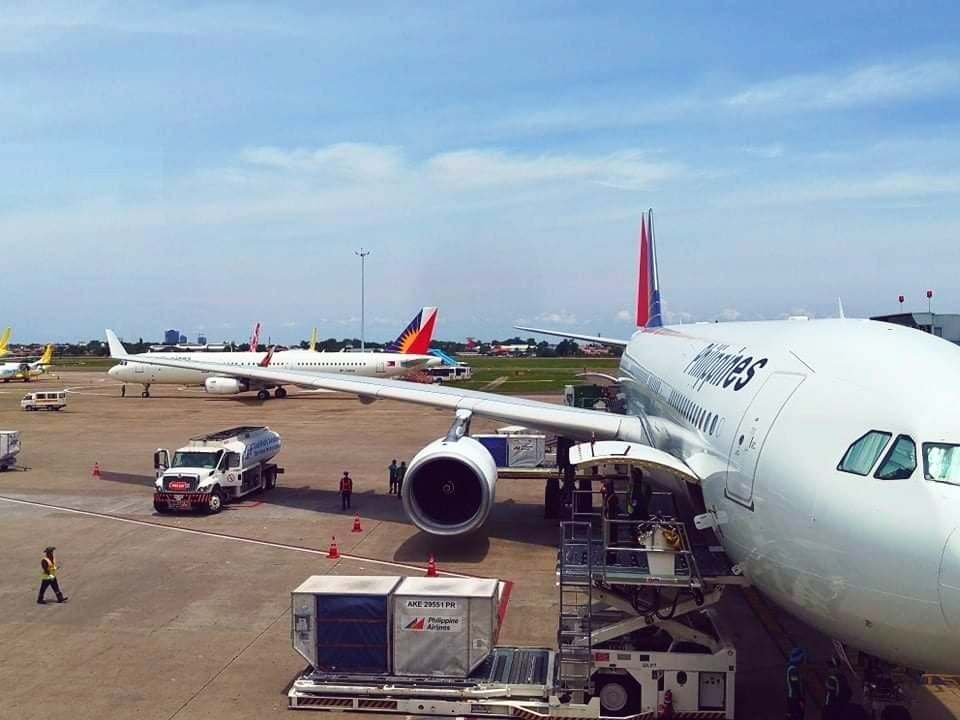Korean Air announced its financial results for the first quarter of 2025 today, revealing a mix of growth and challenges. The airline reported a 3% year-on-year increase in revenue, reaching KRW 3.9559 trillion (approximately USD 2.6975 billion). This growth was attributed to continued strong demand in both its passenger and cargo businesses.
Despite the revenue increase, operating profit for the quarter decreased by 19% year-on-year to KRW 350.9 billion (USD 239.3 million). Korean Air cited higher operating costs as the primary reason for the profit decline. These increased expenses were mainly driven by the depreciation and maintenance associated with newly introduced aircraft and higher unit costs due to currency fluctuations.
Adding new aircraft, including deliveries delayed by the pandemic, is part of Korean Air’s strategy to enhance capacity and service quality. According to the carrier, it aims to use these modern aircraft to expand its global network and improve long-term profitability.
The passenger segment performed well, generating KRW 2.4355 trillion in revenue, a 4% increase compared to the same period last year. Strong travel demand during the Lunar New Year and March holidays helped boost traffic and revenue, countering increased market competition.
Korean Air’s cargo division also showed positive results, with revenue climbing 6% year-on-year to KRW 1.0540 trillion. Demand remained solid for key cargo segments like e-commerce, electronics, automotive parts, and fresh exports, despite external factors like U.S. tariff policies. The airline noted its agile capacity adjustments helped secure stable demand.
Just last month, Korean Air unveiled a new corporate identity featuring a refreshed Taegeuk symbol during a special event in Seoul. This rebranding signals a new chapter for the carrier.
Furthermore, this reporting period follows the finalization of Korean Air’s acquisition of rival Asiana Airlines. The deal, which concluded in December last year, saw Korean Air acquire a 63.88% stake, making Asiana a subsidiary after a process that began back in November 2020.
Looking ahead to the second quarter, Korean Air anticipates continued growth in passenger travel, especially during the early May holidays, with strong performance expected on routes to Southeast Asia, China, and Japan. The airline plans to explore new destinations and expand charter operations.
For cargo, Korean Air says it will “monitor fluctuations related to U.S. trade policies” and maintain operational flexibility in the coming months.

























Leave a comment